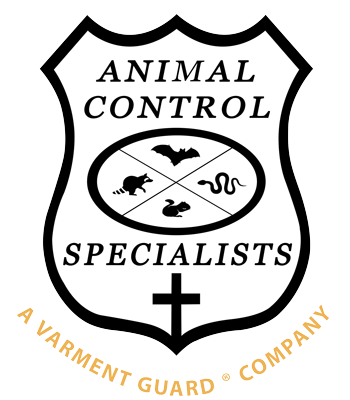There are several signs that can help you determine if there are bats residing in your attic. One of the most obvious indications is the presence of droppings, also known as guano. Bat droppings are small, elongated, and often resemble tiny mouse droppings. Another clue is the strong ammonia-like odor that bats emit, which can become more noticeable if their population increases. Additionally, you may notice dark stains or greasy marks around entry points where bats enter and exit your attic. These stains are caused by the oils on their fur rubbing against surfaces. If you hear scratching or squeaking noises coming from your attic during dusk or dawn, it is highly likely that bats are present, as these are their active periods. Finally, if you spot bats flying around your property at night, particularly near the roofline, it is a clear indication that they have taken up residence in your attic.
Signs of Bats in Your Attic: How to Identify the Presence of Bats
Introduction
As a professional wildlife control operator, it is important to be able to identify if there are bats in your attic. Bats are nocturnal creatures that can cause damage and pose health risks if they infest your home. This article aims to provide you with valuable insights on how to recognize signs of bat presence in your attic.
1. Visual Observations
One of the first steps in identifying if there are bats in your attic is conducting visual observations. Bats are most active during dusk and dawn, so it is recommended to observe your property during these times. Look for bats flying near the roofline or entering and exiting your attic. Pay attention to their flight patterns and notice if they fly in a straight line or in a fluttering manner.
2. Guano Accumulation
Another key indicator of bat infestation is the accumulation of guano, which is bat droppings. Bats tend to roost in specific areas within an attic, resulting in piles of guano. Guano is similar in appearance to rodent droppings but has a shiny, speckled appearance due to the remains of insect exoskeletons. If you notice the presence of guano in your attic, it may suggest the presence of bats.
3. Stains and Grease Marks
Bats have oily fur, which can leave stains and grease marks on surfaces they come into contact with. These marks are often found near entry points such as cracks, gaps, or vent openings. Inspect the walls, ceilings, and insulation in your attic for any dark stains or smudges that could indicate bat activity.
4. Strange Odors
Bats emit a distinct odor, especially when they gather in large numbers. If you detect a strong, musty smell emanating from your attic, it could be a sign of a bat infestation. However, it is important to note that other animals may also cause similar odors, so further investigation is necessary to confirm the presence of bats.
5. Unusual Sounds
While bats are generally quiet animals, you might hear scratching, squeaking, or fluttering sounds if they are present in your attic. These noises are more likely to be heard during the night when bats are active. Take note of any unusual sounds coming from your attic and try to locate their source to determine if bats are the cause.
6. Structural Damage
Bats can cause structural damage to your attic over time. They may dislodge insulation, tear ductwork, or create holes in walls and ceilings. Inspect your attic for any signs of physical damage that could be attributed to bat activity. Be cautious as some damage may be subtle and require a professional eye to identify.
Conclusion
Identifying the presence of bats in your attic is crucial for effective wildlife control and prevention. By conducting visual observations, looking for guano accumulation, checking for stains and grease marks, detecting strange odors, listening for unusual sounds, and inspecting for structural damage, you can determine if bats have made your attic their home. If you suspect a bat infestation, it is recommended to contact a professional wildlife control operator for proper removal and prevention measures.
